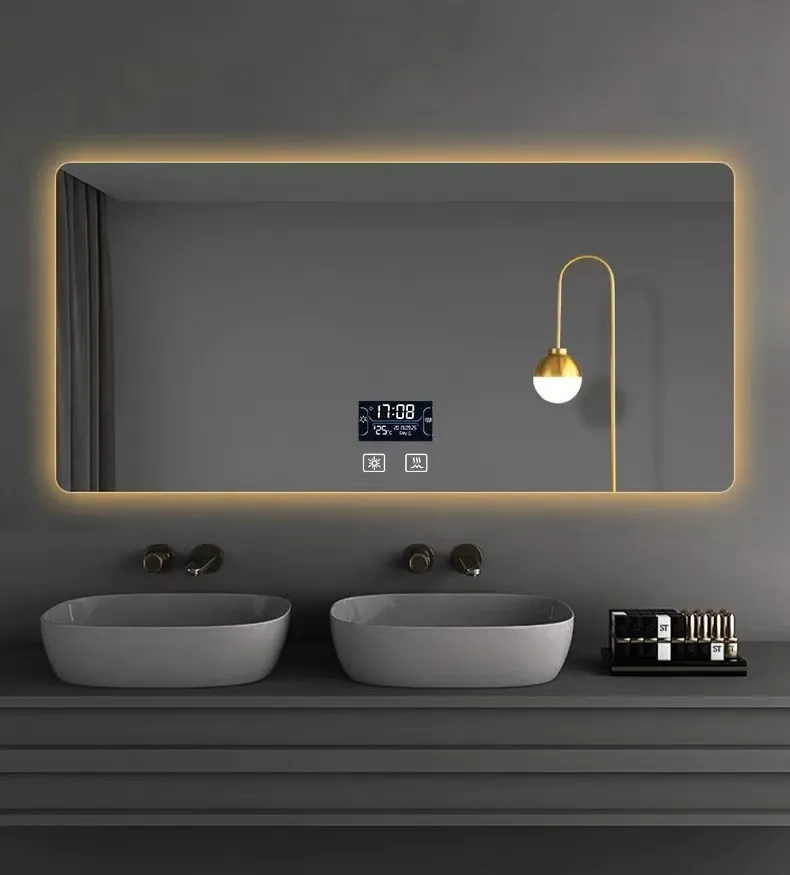

High Performance Low-E Glass A Revolution in Energy Efficiency
In the quest for sustainable living and energy efficiency, building materials play a crucial role. One of the most significant advancements in this area is the development of high performance low-emissivity (Low-E) glass. This innovative glass technology not only enhances the aesthetic appeal of buildings but also significantly improves energy performance, providing a solution to the growing demand for greener architecture.
High Performance Low-E Glass A Revolution in Energy Efficiency
One of the major benefits of Low-E glass is its ability to enhance natural daylighting. While traditional glass can allow excessive heat gain and glare, Low-E glass balances the need for natural light with thermal performance. This flexibility makes it ideal for various architectural styles and applications, from residential homes to commercial skyscrapers. By utilizing High Performance Low-E glass, architects and builders can create energy-efficient environments that promote well-being and productivity.

Moreover, incorporating Low-E glass into building designs contributes to sustainable construction practices. As the global emphasis on reducing carbon footprints and combating climate change intensifies, the demand for energy-efficient materials continues to rise. Buildings account for a significant portion of energy consumption and greenhouse gas emissions. By investing in High Performance Low-E glass, builders not only comply with rising environmental standards but also provide future occupants with lower energy costs and improved comfort.
Another notable aspect of High Performance Low-E glass is its durability. The coatings used in Low-E glass are designed to withstand harsh environmental conditions while maintaining their effectiveness over time. This longevity translates to less frequent replacements or repairs, further contributing to the sustainable lifecycle of buildings. In addition, Low-E glass can be tailored for specific climates, ensuring optimal performance regardless of geographical location.
In terms of aesthetic considerations, Low-E glass does not compromise on design. It can be manufactured in various tints and thicknesses, allowing for creative flexibility. This versatility enables architects to realize their visions without sacrificing energy efficiency. From bold modern designs to classic structures, High Performance Low-E glass integrates seamlessly into diverse architectural themes.
In conclusion, High Performance Low-E glass represents a significant leap forward in energy-efficient building technologies. Its combination of thermal insulation, natural daylighting, durability, and aesthetic appeal makes it an essential component in the construction of modern, sustainable buildings. As society continues to prioritize energy conservation and environmental responsibility, the adoption of Low-E glass will undoubtedly play a pivotal role in shaping the future of architecture and urban development. Investing in this technology today means embracing a more sustainable tomorrow.